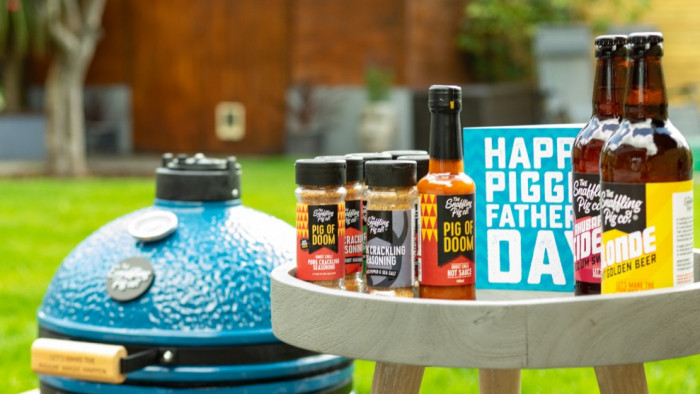Jason Gibb and Cathy Rogers from Nudo Adopt an Olive Tree (makers of incredible olive oil, we can vouch for that), reveal how to be a skilled olivesmith...
Rule number one: don’t spit! Not only will you reveal your dilettante status, you will also give grievous offence.
Take the olive oil in question and pour a decent sized gloop into a non-taste-corrupting receptacle. Unaesthetically enough, a plastic spoon or a plastic espresso cup are actually the best sort of things (a metal spoon affects flavour too much). These prosaic objects could conceivably interfere with the idyll you are trying to create in your mind’s eye – so you’ll have to weigh this up for yourself. If you’re tasting alone, necking the oil straight from the bottle like a drunk is always an available option.
Firstly look at the oil. In all honesty the look won’t tell you much (you can get that prized greenish glow by chucking a few green and verdant olive leaves into the press) so show your stature by knowing this. The only thing the inspection will do is tell you whether the oil is filtered or not (pretty easy: cloudy with bits in = unfiltered) but importantly the golden amber glint will get you in the mood for phase two: the aroma test.
If you have a cup, cover the top with one hand and cup the other hand underneath to warm the oil. Give it 20 seconds of human warmth, a couple of swirls and then stick your nose in. Close your eyes and try to describe the smell – grass, apples, almond? Your nose can detect around 2000 different smells, whilst the rather pathetic in comparison tongue can only taste 4 things.
Never-the-less let's move on to the phase three – taste. Take a sip, let the olive oil spill over your tongue, and then make a violent sucking action (almost like the grimace you’d make if you’d seen someone nearly cut their finger off). This aspirates the oil and spreads it all around your mouth.
Tasting olive oil is about letting your feelings mutate into words – something deep and earthy might emerge and gradually announce itself as artichoke, something springy and fresh will bounce in and we-hey, it’s avocado.
Once the taste has settled out in your mouth, which might take anything up to ten seconds, it’s time to swallow. Just to reiterate, to swallow. Not to spit, that’s only for those vulgar wine tasters.
Now swallow. You might cough, because this is where the oil’s pepperiness might reveal itself. This is the sign of healthy polyphenols (so you won’t get this sensation from mass-produced supermarket oils). After you’ve swallowed it’s time to reflect once again. What new flavours are creeping into your consciousness? How do you feel? Is the world a better place?
Olive oil tasters allow themselves a good deal of leeway in flavours they will attribute – pears, asparagus, limes – anything that grows in god’s holy earth can be deemed to be discernible. But don’t overdo it. ‘Grassy’, ‘fresh’, ‘buttery’, ‘peppery’ do fine for most of us. The oil should be viscous; a mean, thin olive oil is rarely a good thing. And it really should make you feel you’ve sampled a little piece of heaven (with a waft of kiwi).
Happy tasting.
Image: Rex
Latest
Related Reviews and Shortlists


The best craft beers: 17 of the best beers









